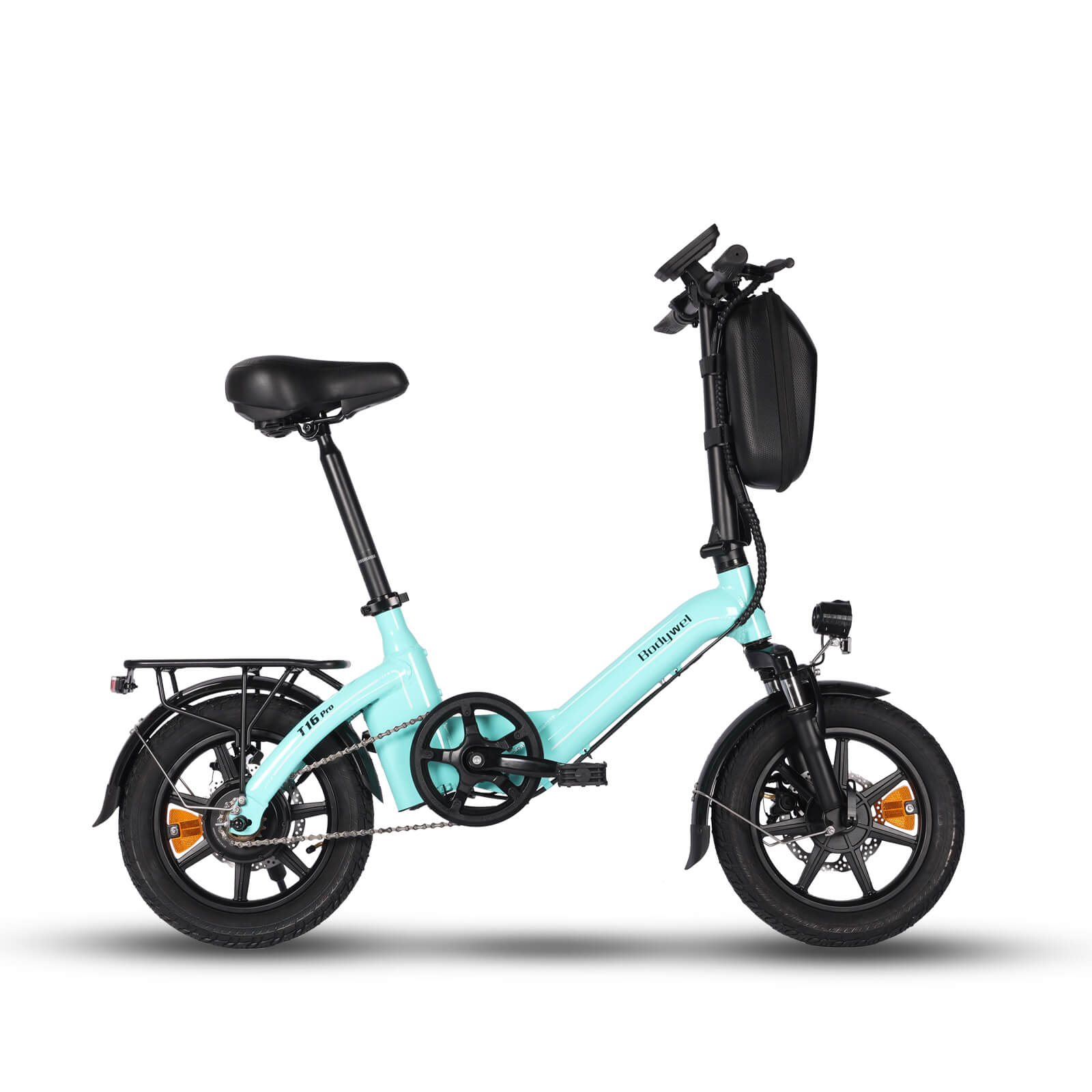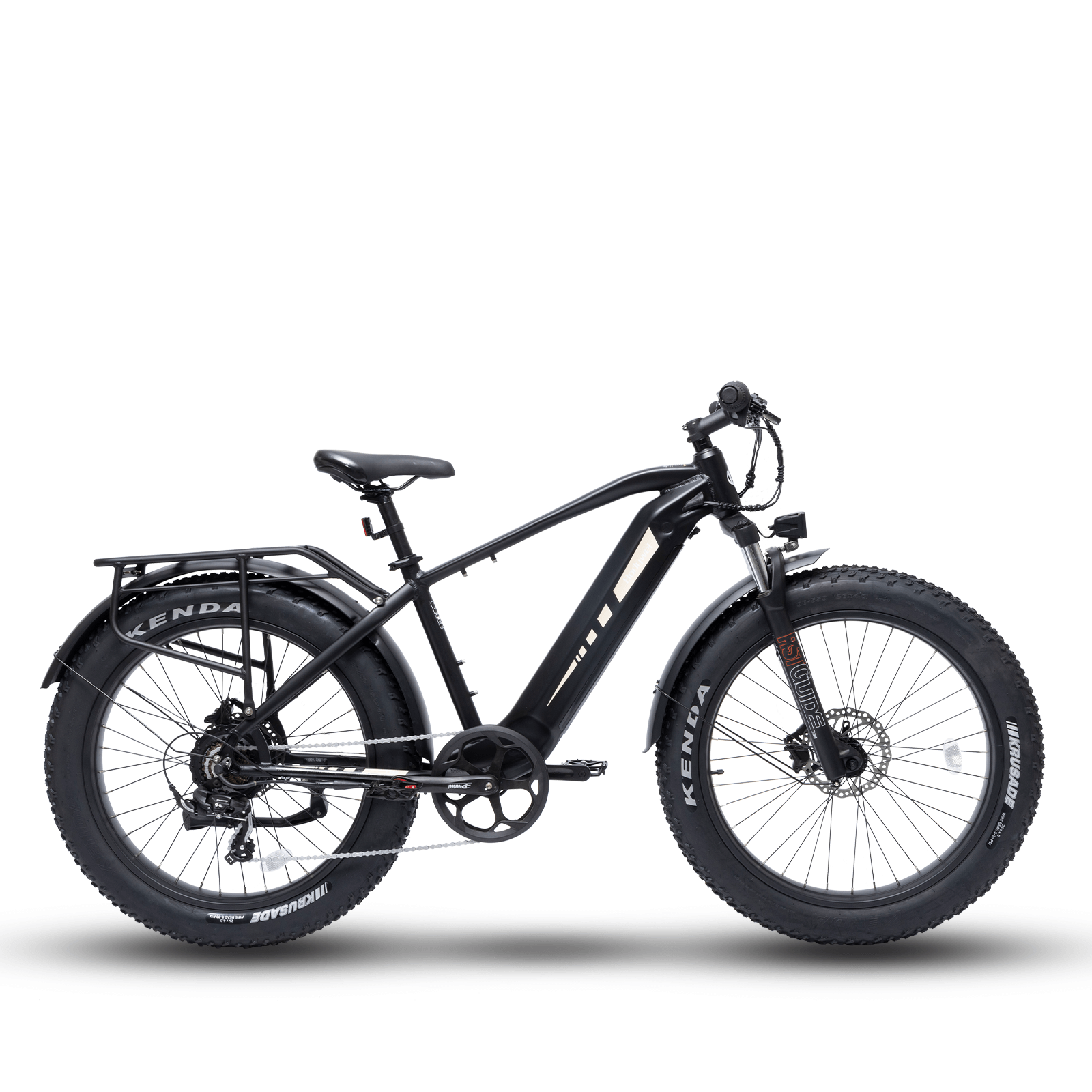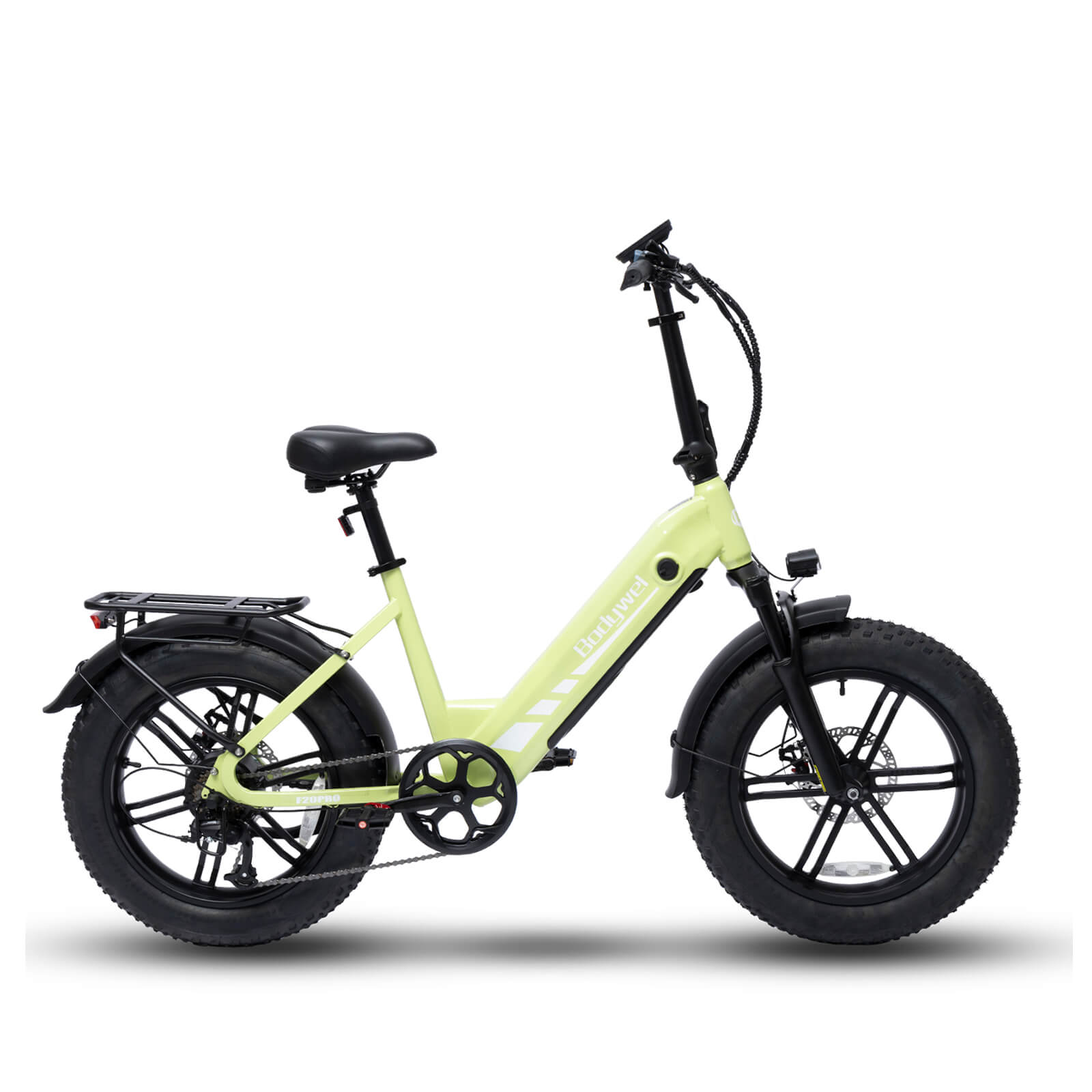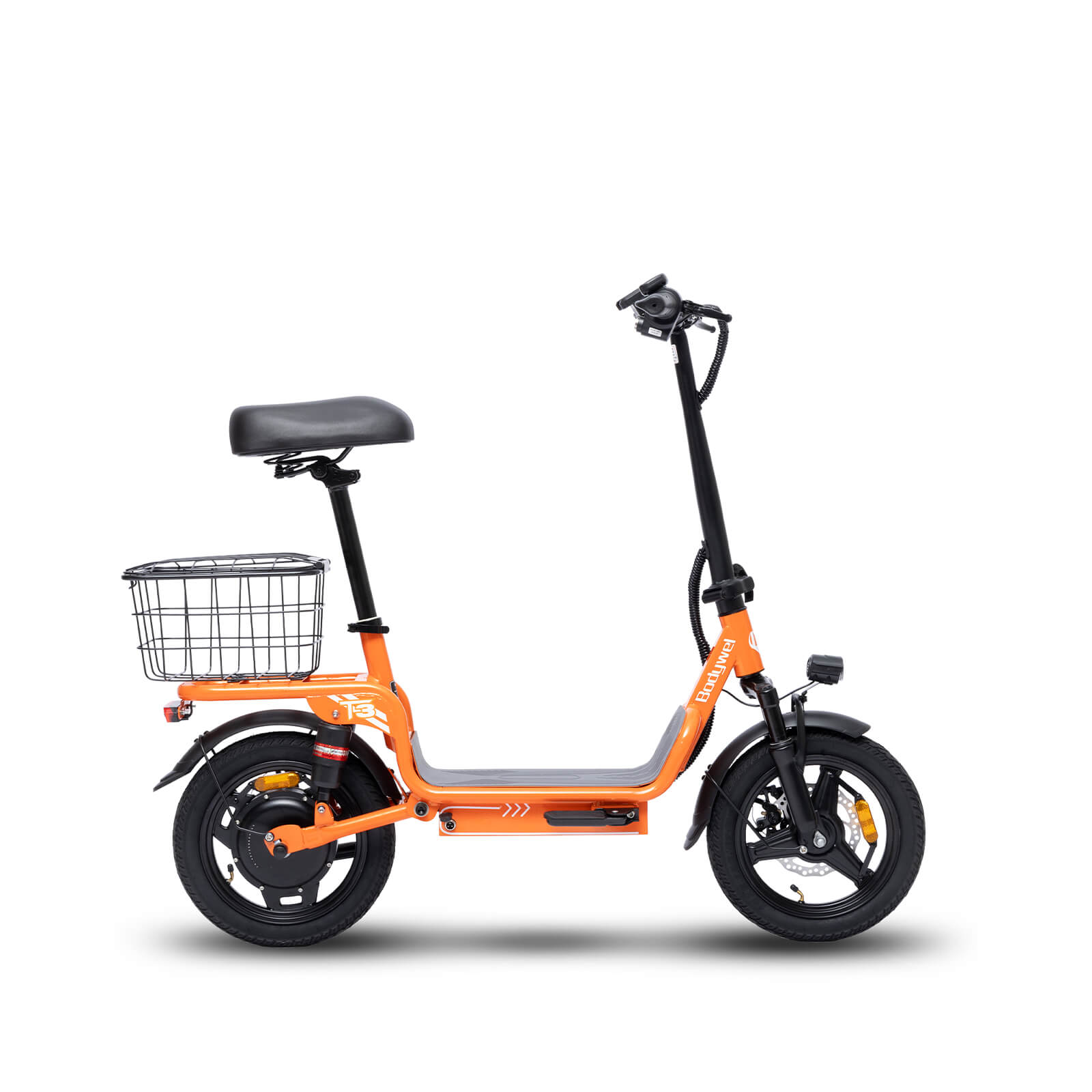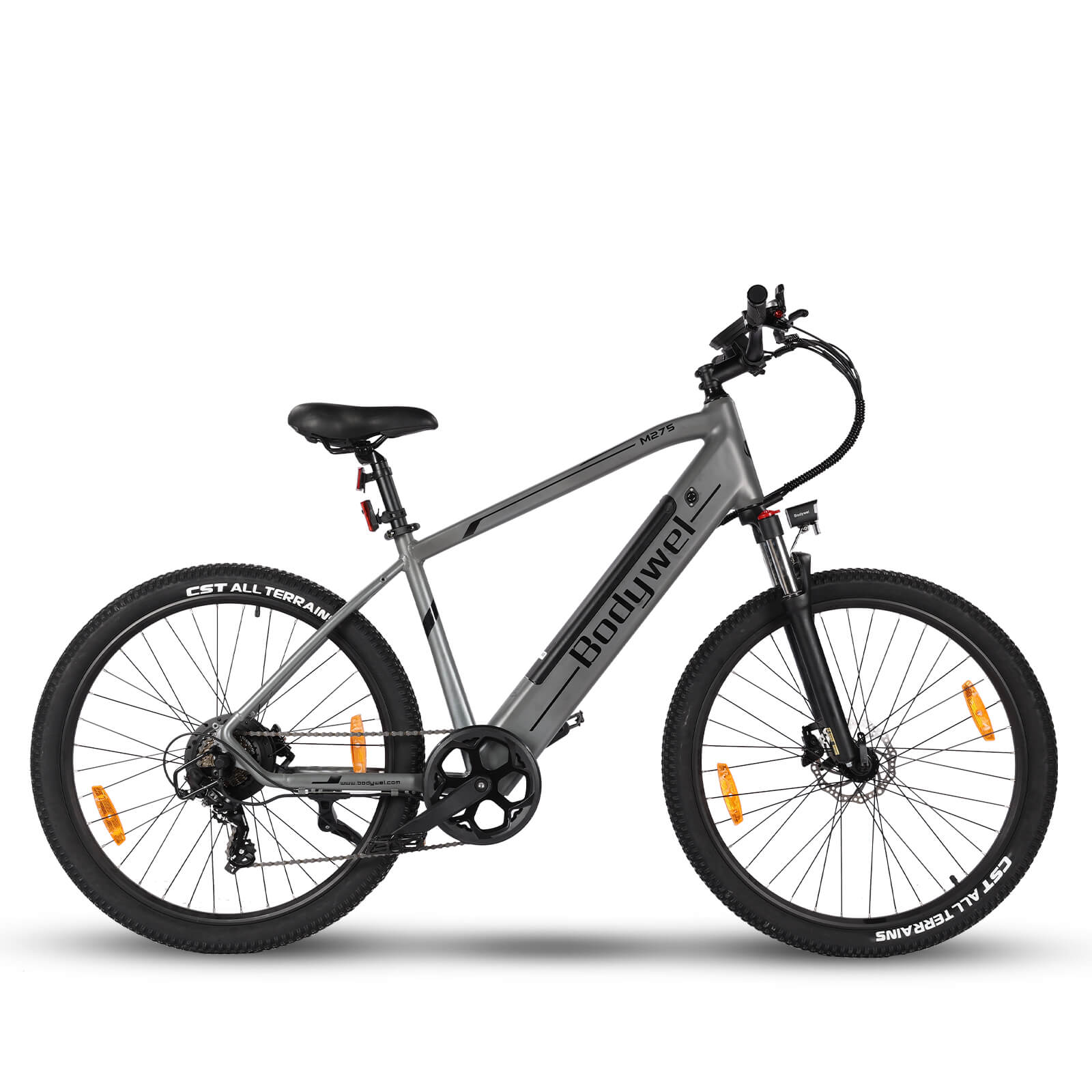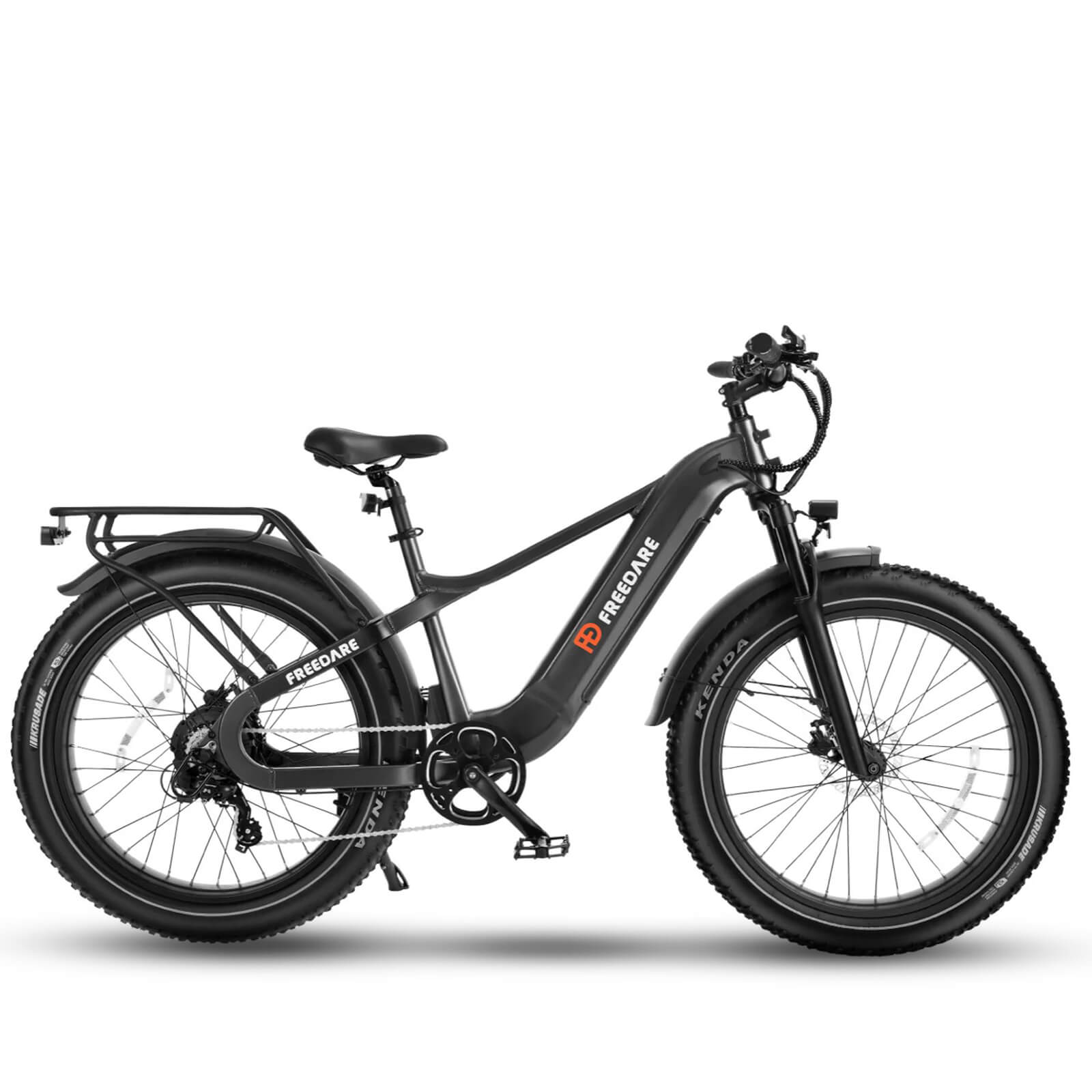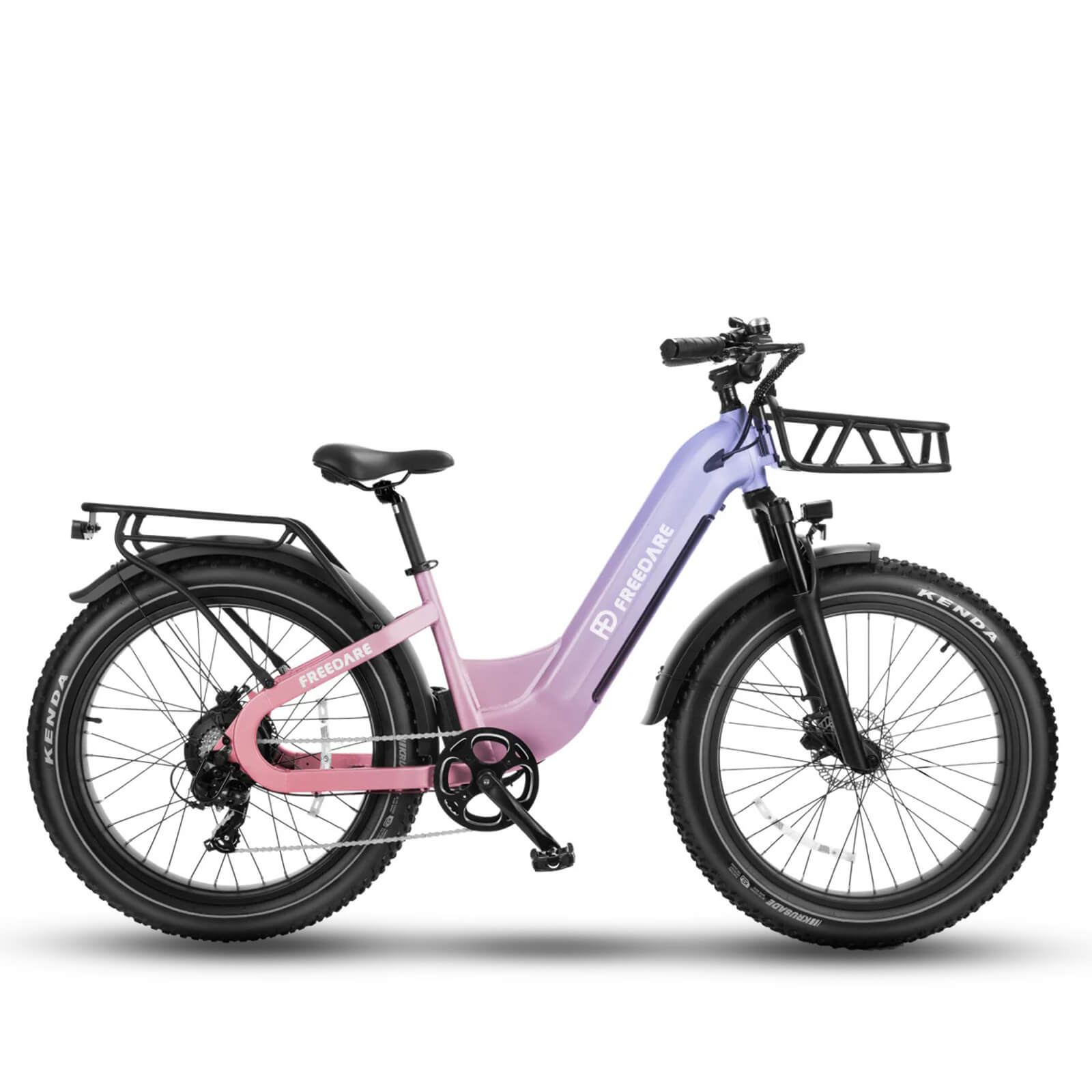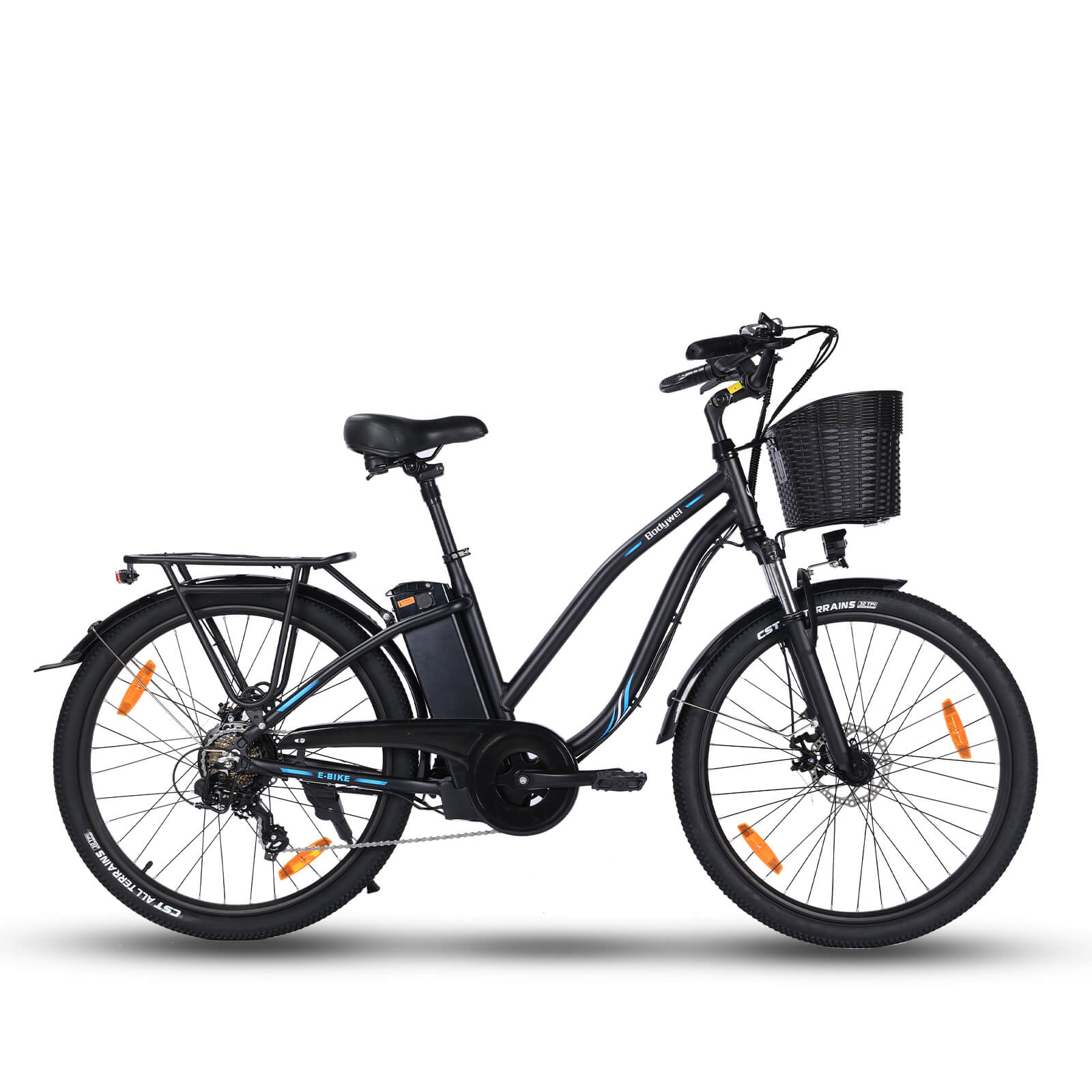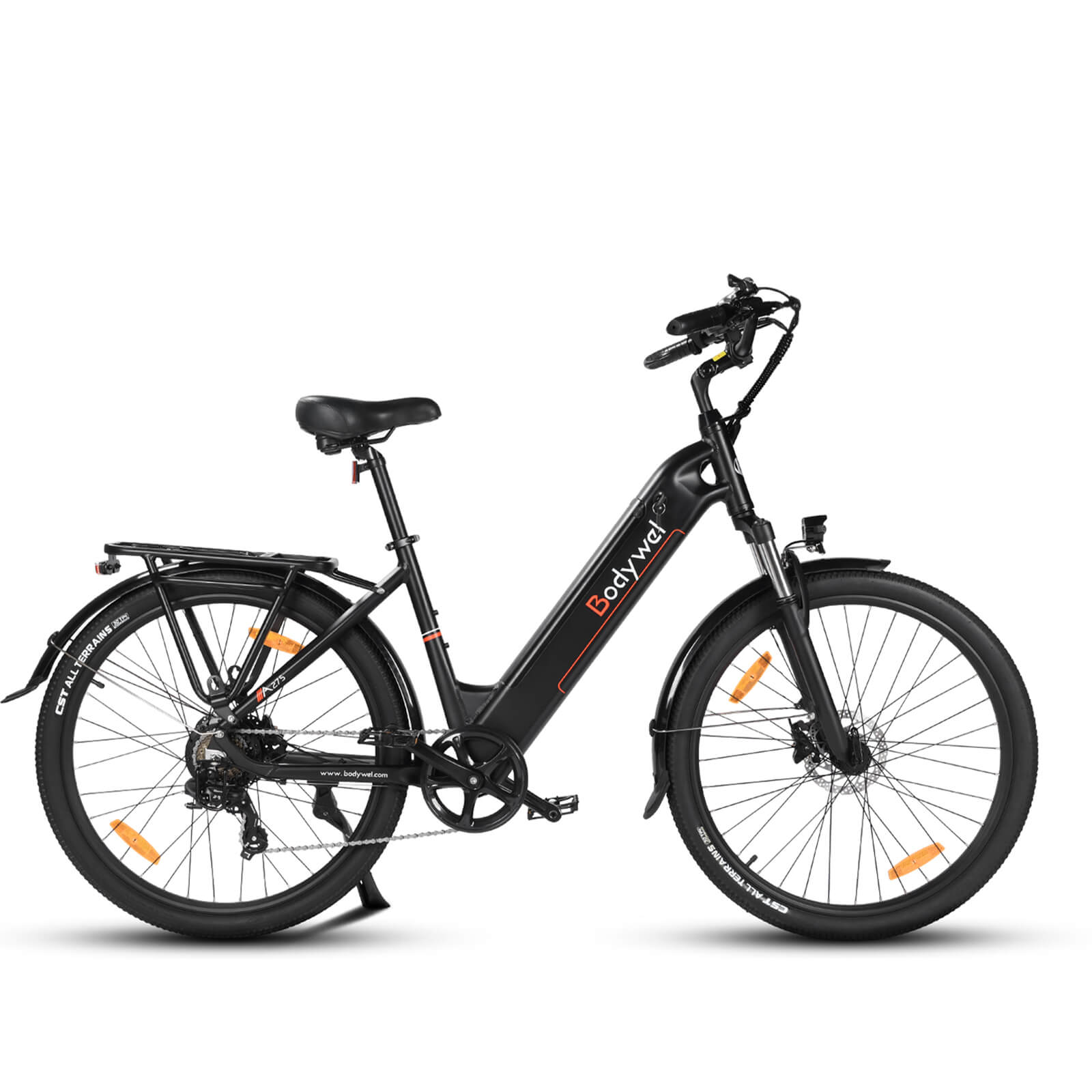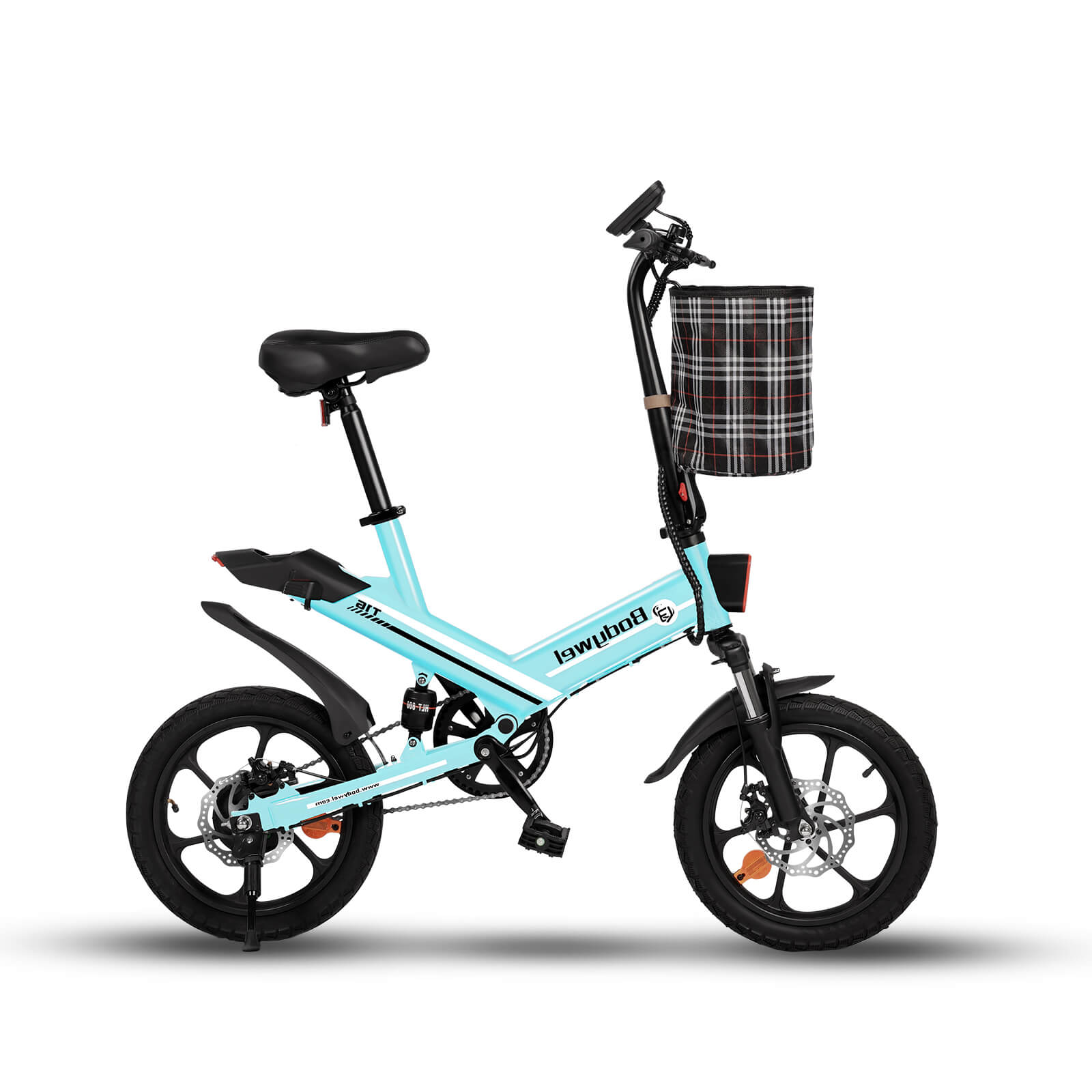Massimizza la tua corsa: 5 fatti chiave su ebike drehmoment

La coppia (Drehmoment) di una e-bike è la forza di rotazione che determina l'accelerazione, la capacità di superare le salite e l'efficienza complessiva della guida. Conoscere questo parametro aiuta i ciclisti a scegliere il motore più adatto al loro terreno e al loro stile di guida.
Capire il momento di trazione dell'ebike: potenza e prestazioni spiegate
La coppia, misurata in Newton-metri (Nm), definisce la forza di rotazione del motore di una e-bike. Valori di coppia più elevati si traducono in una migliore accelerazione e capacità di salita, particolarmente importanti per scenari off-road o urbani con frequenti fermate e ripartenze. Ad esempio, un motore da 75 Nm offre prestazioni migliori rispetto a un motore da 50 Nm su pendenze ripide.
Coppia vs. potenza: differenze chiave
Mentre la potenza in watt indica la potenza totale in uscita, la coppia determina l'erogazione immediata della forza. Un motore da 250 W ad alta coppia (ad esempio, 80 Nm) può superare un modello da 500 W a bassa coppia in salita. Questa distinzione è fondamentale nella scelta. motori per bici elettriche per terreni montuosi.
Come si misura la coppia nelle bici elettriche
I produttori misurano sensori di coppia per bici elettriche sull'albero motore o sul mozzo posteriore. Il Performance Line CX di Bosch, ad esempio, eroga 85 Nm grazie al rilevamento preciso della cadenza e della pressione. Test in condizioni reali effettuati da Sistemi eBike Bosch conferma un'erogazione di coppia costante a tutti i regimi.
Requisiti di coppia per diversi terreni
Per i pendolari urbani possono bastare 40-60 Nm, mentre le mountain bike elettriche richiedono più di 80 Nm per i percorsi tecnici. Un 2023 Studio della coppia eMTB hanno dimostrato che i ciclisti hanno completato il 15% di salite in più utilizzando motori da 90 Nm rispetto ai modelli da 65 Nm in condizioni alpine.
Motori mozzo vs. motori centrali: prestazioni di coppia
I motori centrali sfruttano il rapporto della bici per massimizzare l'efficienza della coppia, rendendoli ideali per terreni variabili. I motori nel mozzo forniscono coppia diretta, ma possono surriscaldarsi durante le salite prolungate. Il motore centrale EP8 di Shimano è un esempio di ottimizzazione. coppia della bici elettrica con 85Nm e assistenza al 250%.
Ottimizzazione della coppia erogata dalla tua e-bike
Tre strategie migliorano l'utilizzo della coppia: (1) Mantenere una corretta pressione degli pneumatici per la trazione, (2) Utilizzare marce più basse in salita per ridurre lo sforzo del motore e (3) Passare a pedali con sensore di coppia per un'erogazione di potenza reattiva. I ciclisti professionisti spesso combinano queste soluzioni con bici elettrica ad alta coppia messa a punto tramite app del produttore.
0 commenti




